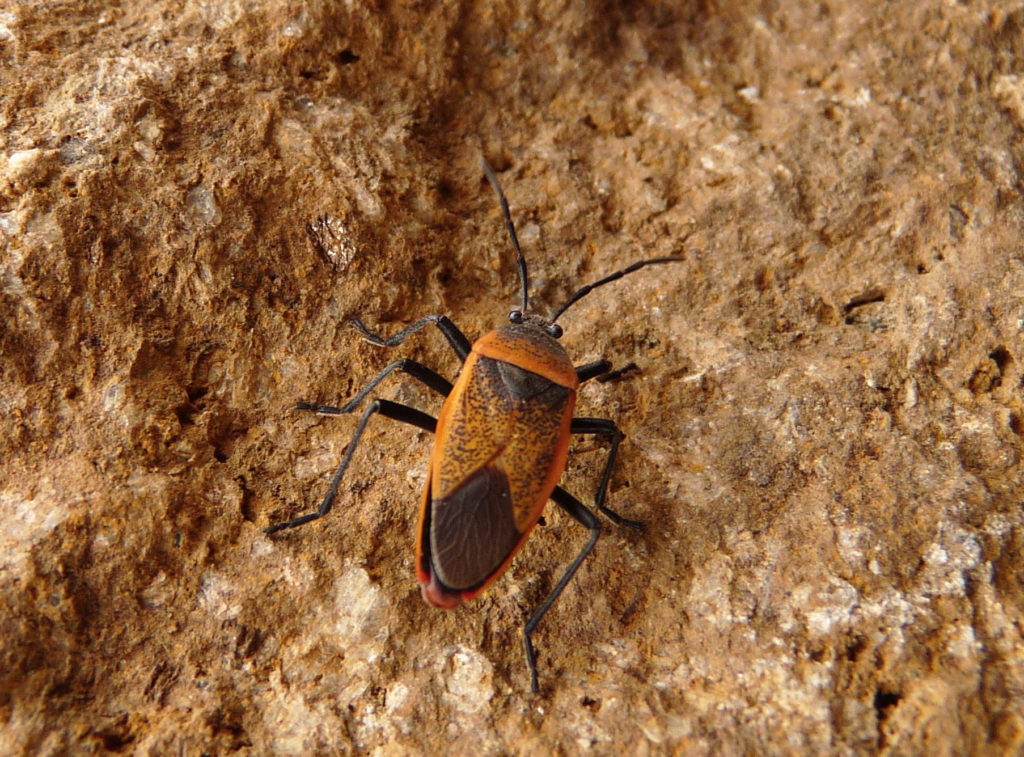Our very own Kaylee Arnold won best talk for her presentation, “The gut microbial diversity of a Chagas disease vector varies across coinfection status throughout central Panama” in the Medical, Urban, & Veterinary Entomology section of the Entomological Society of America at their annual meeting. Read below for her abstract. Congratulations, Kaylee!

Chagas disease is caused by the parasite Trypanosoma cruzi that is carried in the guts of hematophagous triatomine vectors. Triatomines are often coinfected with the parasite T. rangeli, which is non-pathogenic to mammals but can reduce fitness of their triatomine hosts. This study examined the gut microbial diversity of T. cruzi infected, coinfected, and uninfected triatomines (n = 288) throughout central Panama. We hypothesized that single and coinfected triatomines would have greater gut microbial diversity than uninfected individuals due to pathogen-microbe interactions within the gut, which can facilitate the proliferation of less dominant bacterial taxa.
Coinfections were found in 13% of individuals (40/288) and there was significantly greater alpha diversity in coinfected individuals when compared to both single and uninfected samples (Dunn’s test of multiple comparisons, p < 0.001). Furthermore, single T. cruzi infections were found in 34% of sampled individuals (91/288) and also displayed significantly greater alpha diversity when compared to uninfected individuals (Kruskal-Wallis H test, p < 0.001). Across all samples, Sphingomonas was the most dominant taxa, and decreased in relative abundance compared to uninfected individuals. Finally, the beta diversity across infected samples was significantly different compared to uninfected samples (PERMANOVA p = 0.001 using Bray-Curtis dissimilarity). These results highlight patterns of microbial diversity which may be impacted by vector infection status and will be important to consider when developing vector control strategies.